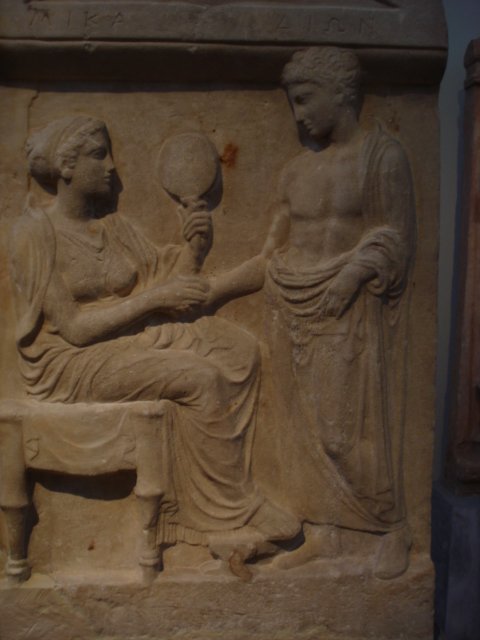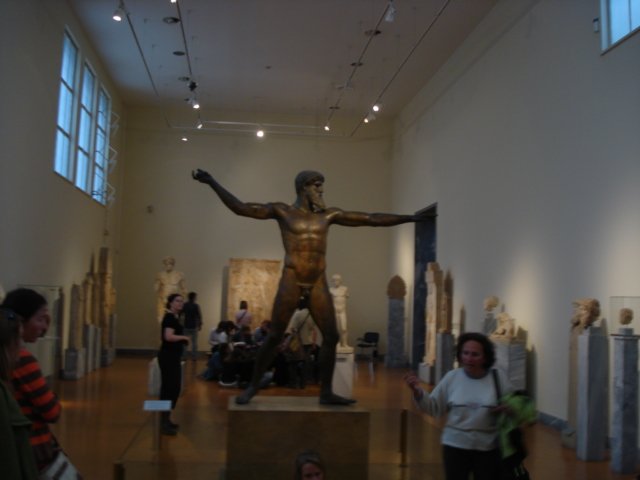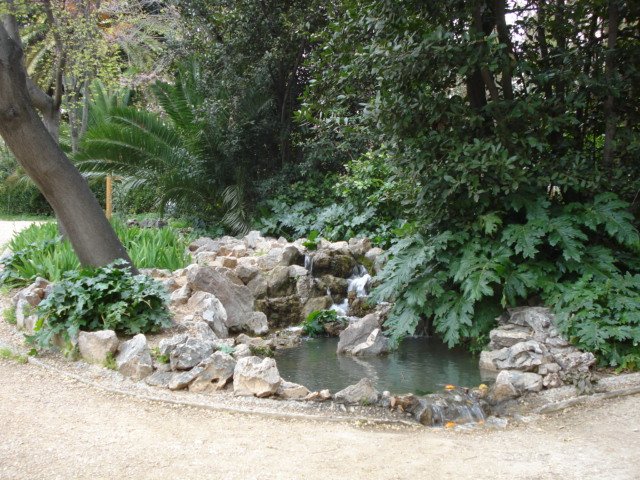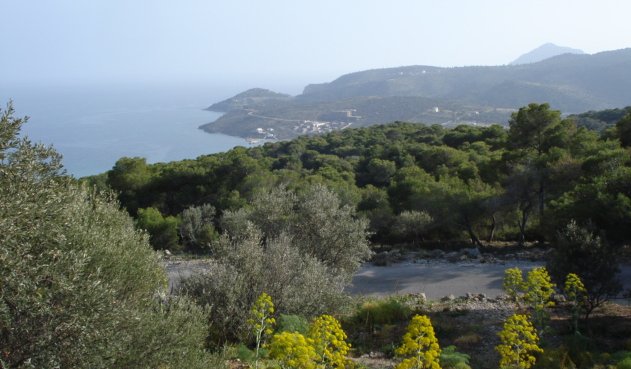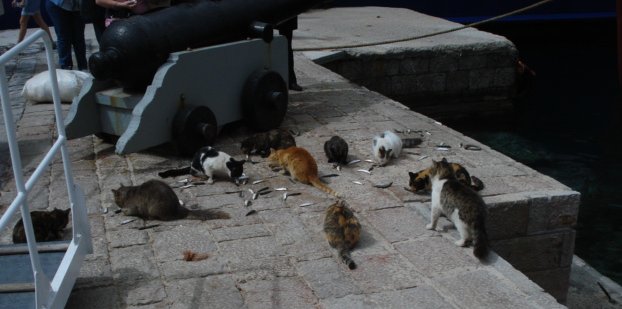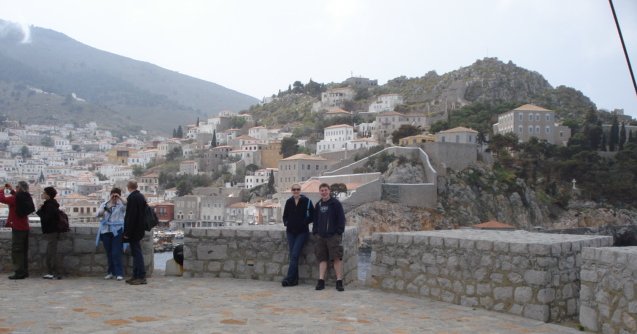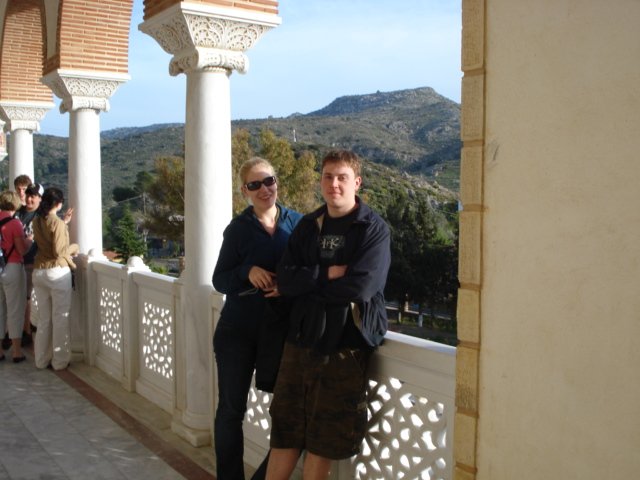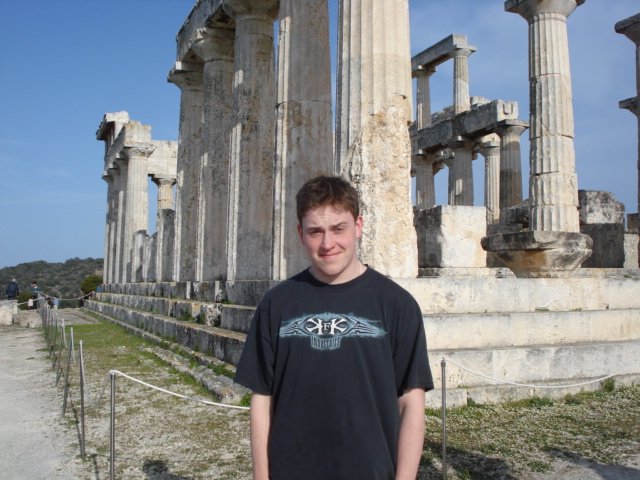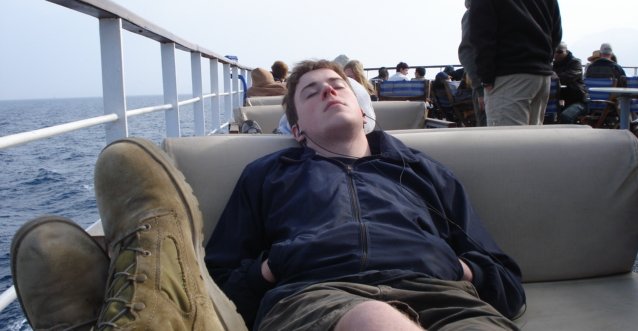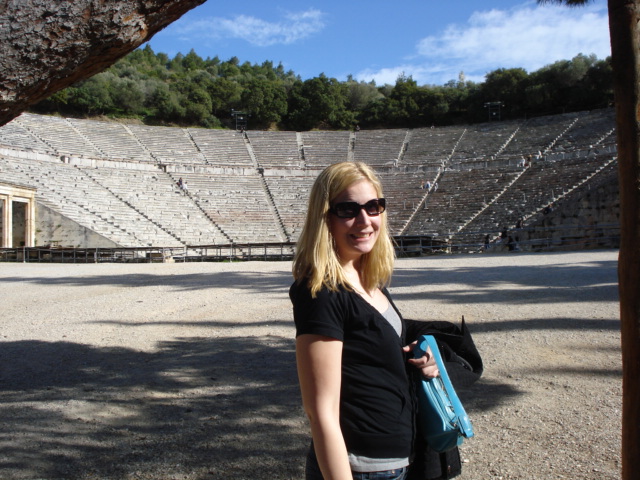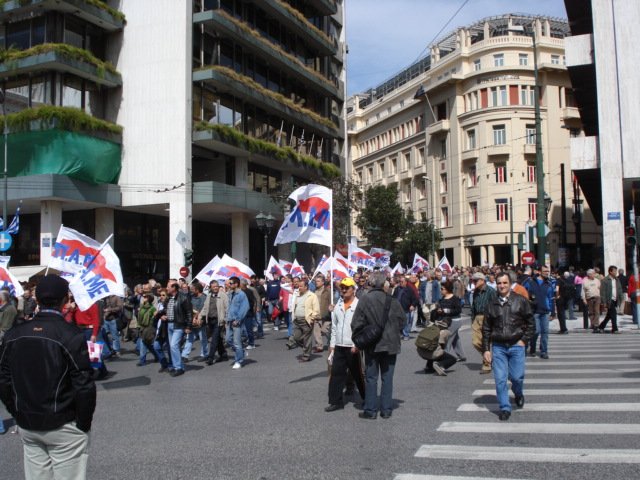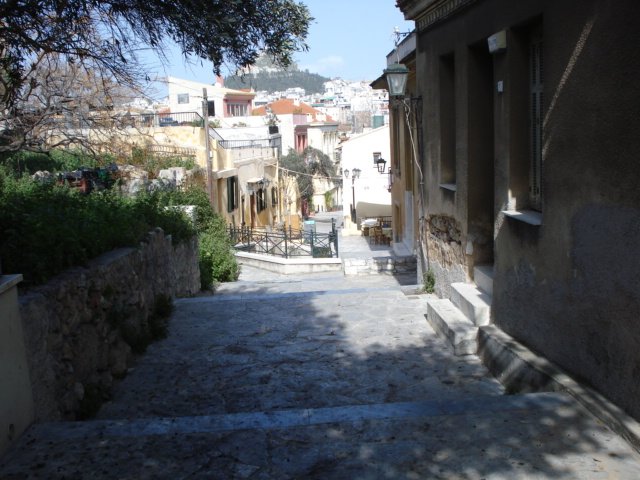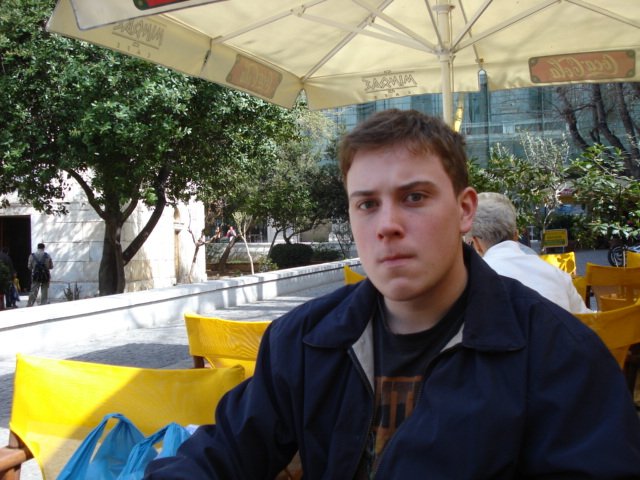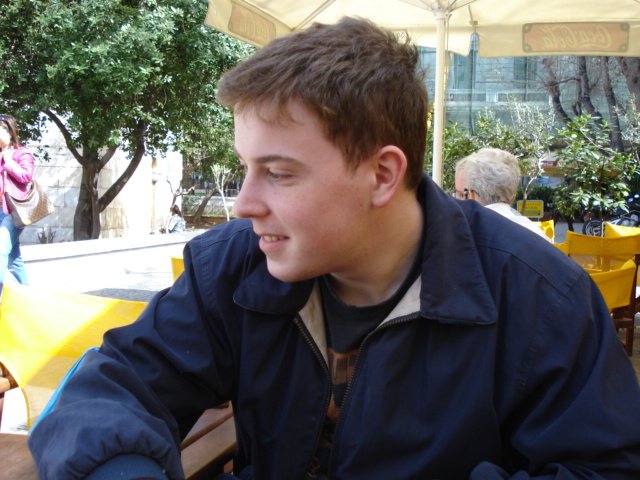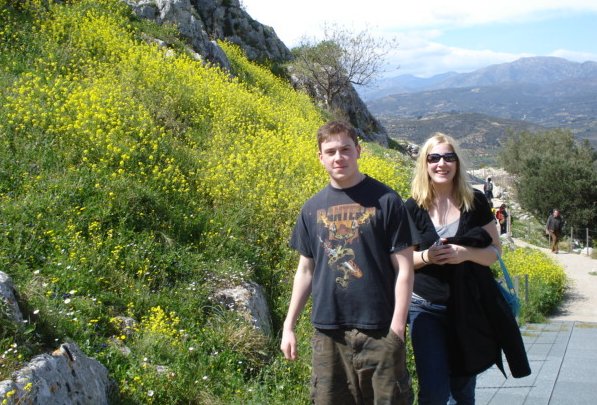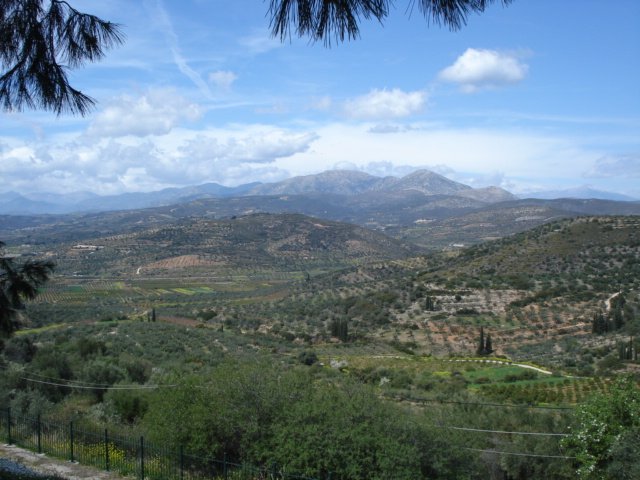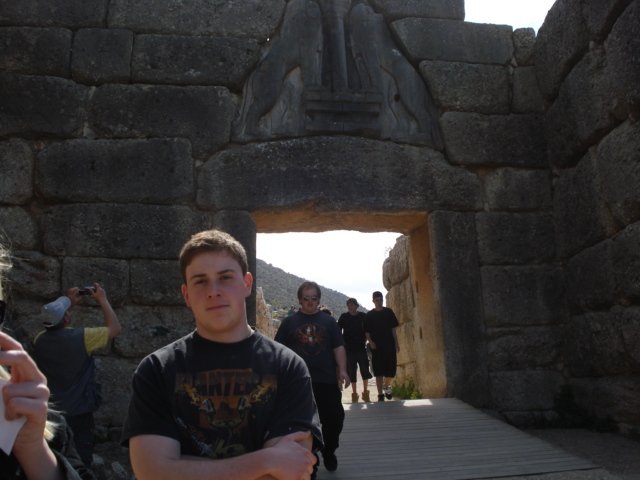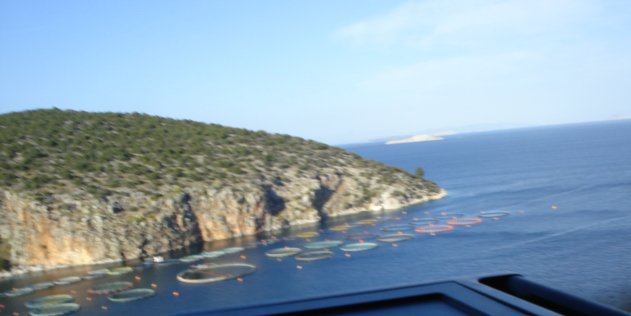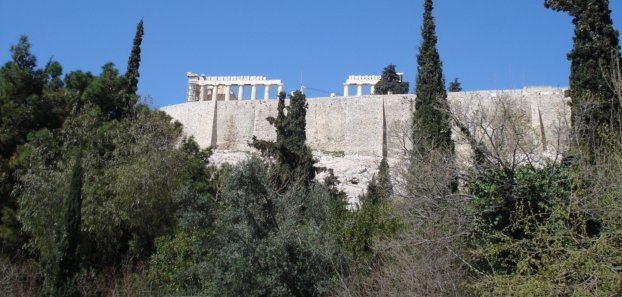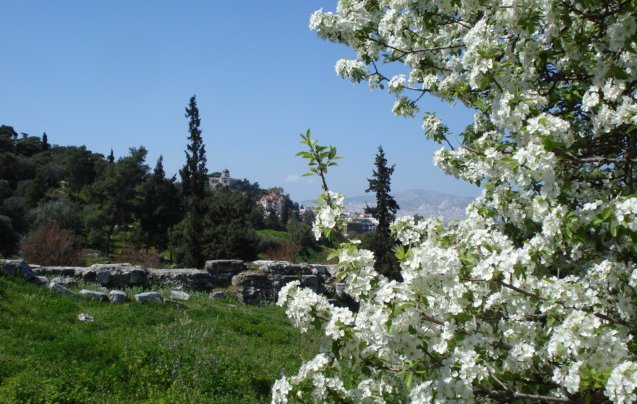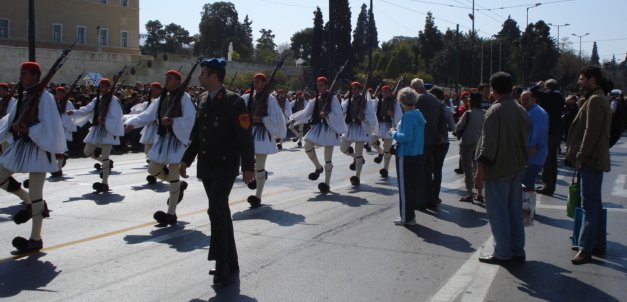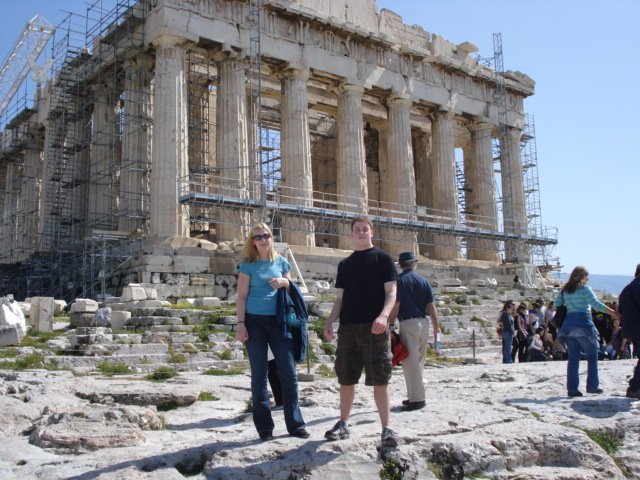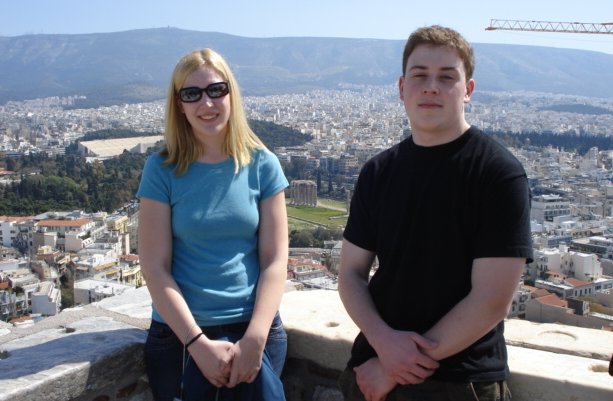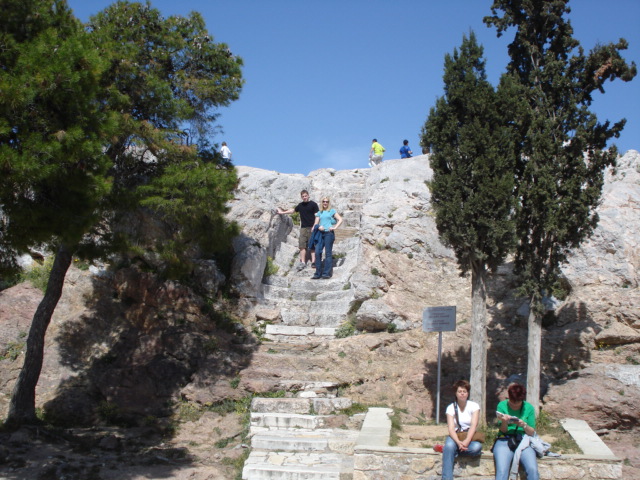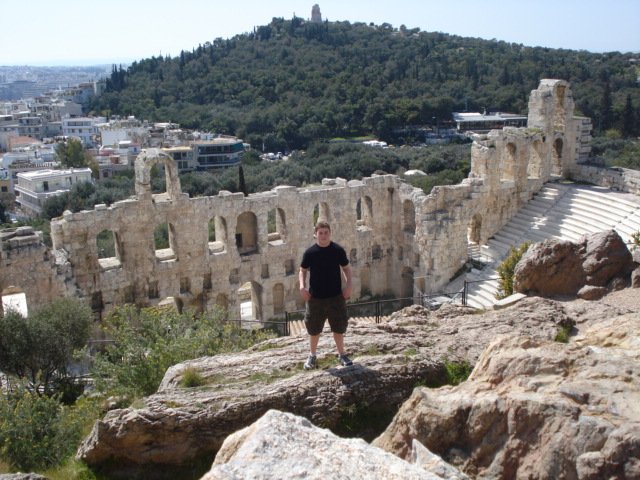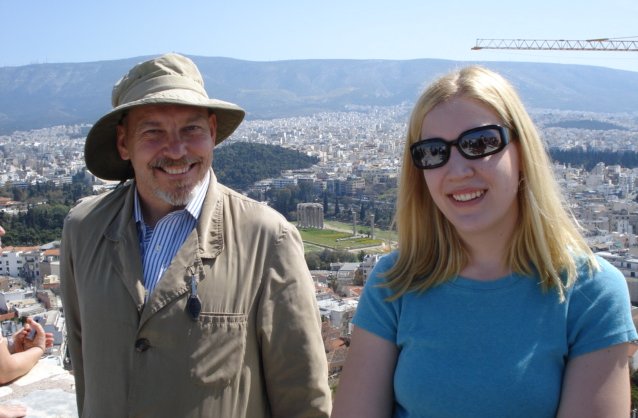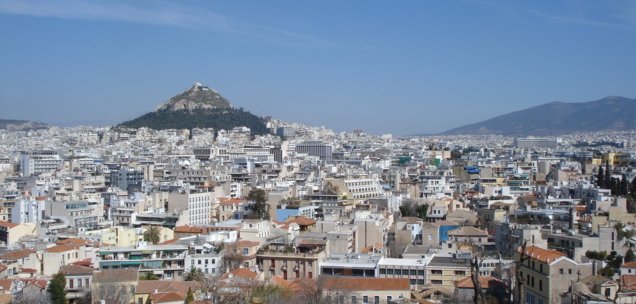Think tanks, what are they good for? This was the theme of the discussion I attended at Wilson Center yesterday (January 27). Their title was a bit longer than mine above, “Why Think Tanks Matter to Policy Makers and the Public in the US: Research with Rigor, Relevance and Reach.” Jane Harman, Director, President and CEO, introduced the program and then turned it over to James McGann, Director, Tank and Civil Societies Program, University of Pennsylvania, Editor, Global Go To Index. The event featured a panel of think tank representative to explain how they work and what they do.
McGann explained the birth of the think tank global index and its evolution since 2006. He said that he just saw a need and filled it. At first the index was just in alphabetical order, but the think tanks and customers found that unsatisfying. People like ratings. It gives the impression of some sort of competition and implies that think tanks are accountable and can improve their position. Some of this is true, McGann said, but with such a diversity of think tanks and myriad missions, reducing them to a ranking is not entirely appropriate. Rankings, nevertheless, will persist driven by popular demand and because it gets lots of people interested in involved. 4,677 journalists, policy makers, think tanks and public and private donors from 143 countries participated in this year’s ranking process and there are now 47,000 individuals that follow the annual ranking process. It is the Oscars for think tanks. The main use of the index, however, remains that it lists and briefly describes think tanks. Last year’s edition of the Global Go To Think Tank Index Report was downloaded over 175,000 times. He didn’t give figures on how many just search or refer online.
I have written in other places about what think tanks should do and here will just report some of the comments. In general, as they talked about the marketplace of ideas, I thought about how apt the analogy with other markets. It is easy to criticize individual think tanks or scholars, since they are often wrong in details but rarely in doubt. But as in market, the individual is not the most useful focus of attention. Rather it is the relationship and flow of information among them that makes a difference. It is hard to determine where an idea originates since ideas mutate and recombine when passing through various minds (the “virus” theory of ideas) and people addressing similar situations often come up with similar ideas independently. This is like the market in that ordinary people like us can ride the wave w/o having to know the details of the debates. Put another way, we get to eat the sausage w/o having to watch it being made. It is like buying an index fund to represent the stock market. Anyway, back to my story.
The panel included: Heather Conley, Senior Vice President for Europe, Eurasia, and the Arctic, and Director, Europe Program; Ivo Daalder, President, The Chicago Council on Global Affairs, former US Permanent Representative to NATO; Ted Gayer, Vice President of Economic Studies, Brookings Institution; Spencer Overton, President, Joint Center for Political and Economic Studies; Erika Poethig, Institute Fellow and Director of Urban Policy Initiatives, Urban Institute; and Kenneth Weinstein, President and Chief Executive Officer, Hudson Institute.
Heather Conley started off. She said that think tanks are important because they contribute ideas to policy makers. Drawing on her own experience at State (DAS in the Bureau for European and Eurasian Affairs) she averred that people actually in government are too busy with the urgent aspect of their jobs to come up with new ideas. It is time pressure, not lack of desire or intelligence, but no matter the cause, ideas almost always have to come from the outside. I didn’t get the exact quote, but it went something like, bureaucracies take old ideas and complicate them with process.
Ivo Daalder was next. He said it is hard to explain what think tanks do because much of it is thinking and meeting which produces nothing you can see. His kids, he said, “Don’t know what I do and when they think they do know they disagree.” This sums up the world of think tanks, and probably applies to most of us at State too. He also referred to think tanks as participants and creators in the marketplace of ideas and added the important roles think tanks play as conveners and educators. We may ridicule the endless conferences in Washington and elsewhere, but this is where people meet and hash through ideas. If we did not have them, we would have to invent them.
Mr. Daalder represents the Chicago Council on Global Affairs and he commented on the challenge to be heard faced non-Washington-based think tanks. Outside the beltway ideas are important, but it is hard to get them into the discussion. One strategy is to discuss topics perhaps more appropriate outside the capital. A specialty of the Chicago Council is international connections beyond the central governments. For example, much political and economic decision-making goes on in large cities and there are increasing connections at the subnational level. States have their own sort of foreign policies and agreements and cities are members of leagues and commissions. Washington is a bit narcissistic and may not pay sufficient attention to these connections.
Kenneth Weinstein explained the importance of think tanks in term of framing questions as much as supplying information. “The answers you get depend on the questions you ask,” he said. He went on to characterize the think tank environment as a dynamic mix of competition and cooperation. Think tanks are often vying for the finite attention of decision-makers and competing for the limited pecuniary largess of donors, funders and foundations.
It is not a zero-sum game, however. Think tanks often cooperation and benefit from the complementary strengths of others. Sometimes this complementary nature is political. It is good to pair mostly liberal think tanks with mostly conservative ones, giving them greater credibility and presumably creating synergy and greater useful truth from their dynamic tension. Brookings has been working with AEI for a long time, for example.
I start to feel a little sorry for panel members who come later in the lineup, as all the good lines and ideas are taken. You can only repeat “marketplace of ideas” or “convener of conferences” so many times before it gets a little old. Besides the marketplace of ideas meme, everyone agreed on the importance of relationships. Successful think tanks devote considerable time and energy to cultivating officials and leaders. You may have the most wonderful and sublime research, but if it does not get into the right hands, it may go nowhere.
Spencer Overton, President, Joint Center for Political and Economic Studies, took us in a little different direction, since his think tank has a mission a little different from the others. The Joint Center is more of an advocacy group than the other think tanks earlier discussed. It was founded in 1970 to help and advise black political leaders at all levels. Although most black elected leaders tend to be Democrats, the Joint Center is non-partisan. For example, Mr. Overton mentioned a recent study that found little diversity among Senate staffers. They reported no significant difference between Democrats and Republicans; in fact they found that Democrats did a little worse.
After appropriate genuflection before the marketplace of ideas idol, Ted Gayer from Brookings talked about where think tanks like his could have specific impact. He said, for example, they can study the impact and effect of regulations. It is easy to talk about the benefits if you don’t consider the null hypothesis, i.e. would you achieve similar or greater benefits by doing nothing. It is hard to assess counterfactuals, but think tanks can at least make the attempt that most proponents of programs prefer to avoid.
(NB – I didn’t get a chance to ask and nobody brought it up, but an exciting new area of inquiry is policy issues is the “random controlled trial” (RCT). These are revealing information about the results or lack of them in very popular programs by taking into account the null hypothesis in ways previously ignored.)
Erika Poethig from urban institute has the misfortune of coming last and there was little left to say that could be said in a few minutes, so she mostly talked about Urban Institute. It was founded in 1968 to “understand the problems facing America’s cities and assess the programs of the War on Poverty.”
There was time for only one question from the audience and that provoked a discussion about how to package products. Mr. Weinstein lamented that the day of the think tank book is over; you really cannot get people to sit down and read a long exposition on policy. Besides that, the research takes too long. By the time the book comes out it is often overtaken by events. Everyone agreed that they are going with shorter pieces that can be produced and read quicker. Mr. Gayer spoke to the need to reach wider audiences who may not even read the few page reports. There is increasing reliance on blogs and even twitter. The blog need not be inferior to the book, although it often is. The key to judgment is to know the author. W/o peer review, there is a kind of crowd review. People will comment and critique and some of those discussions can be useful. Twitter is great for the one liner, but almost nothing a think tank does can be summed up in 140 characters. Twitter is good as a sign post to something more.
There was a brief reception after the talk, but participants disperse quickly. McGann and his acolytes had to catch the train back to Philadelphia. They praised Washington’s snow removal success. Evidently it was worse in Philadelphia.

